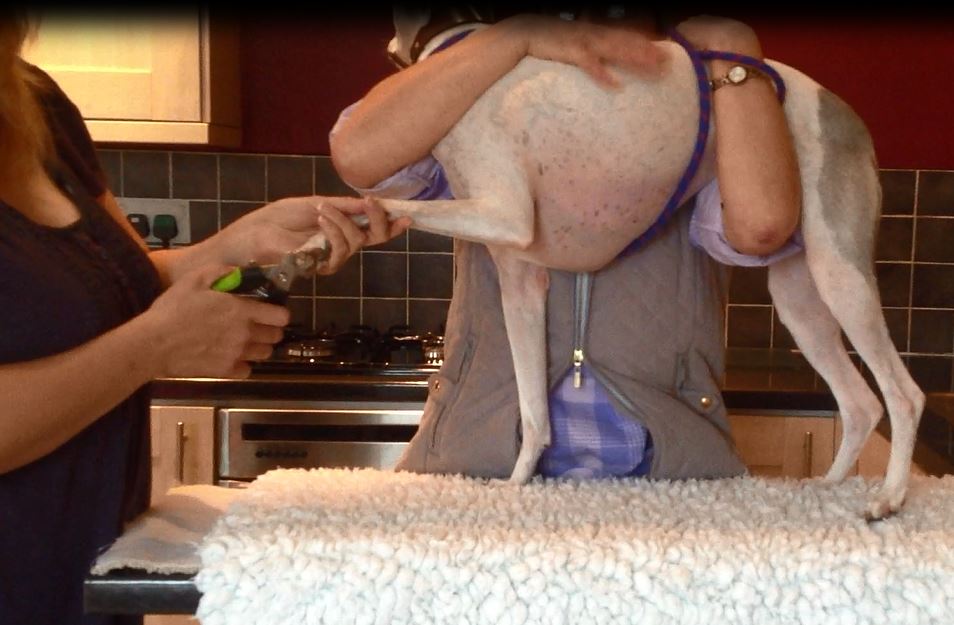Grooming is done differently for dogs of different ages but a responsible pet parent realizes the essentiality of good grooming. While some aspects of grooming may be left up to choice and your pets discretion, – (like blow-drying your poodle for example ;-)) other things are more or less, a necessity. So what comes under good grooming and how do you do it? Beginners need to understand that grooming is introduced gently, gradually and at times when your pet is completely relaxed. Whether you’re brushing your pal’s hair or clipping your dog’s nails, the session needs to be interactive, with patience and a friendly approach, the key players. You have to realize that your pet’s requirements change with age, now they require time to get accustomed to such things.
Adult dogs shed more fur and require standing or lying on soft, no-skid surfaces during brushing and bathing. We all know how dirty hairs are more prone to collect parasites and while cleaning them up, realize that many dogs with long coats, have a problem with extreme temperatures. Brushing and trimming, that beautiful coat is also necessary, even those with short hairs should be brushed regularly so as to remove any loose or dead hair; this will lead to less hair fall around the house. The types of brushes and combs you require depending on your pet’s requirements, their hair length, and type of fur coat present. For a smoother coat (like the boxer), a bristle brush is enough and for denser coats (like a golden retriever), you need to remove all the tangles first and then a bristle brush to remove dead hair. And it goes without saying that Yorkshire terrier and other dogs with long hair require daily brushing. Make sure that the instrument you are using is in good shape as older dogs tend to get scratched more easily.
Clipping off the nails is a tricky one. That is why it’s best to start maintaining your dog’s nails while it is still young, ideally a puppy. The actual process of cutting nails may require a build-up. You have to make your pet eg kitten or puppy, comfortable with the idea and start off by playing with your pet’s feet! Massaging and playing with their feet with make them more receptive to the idea that you won’t harm them once you start clipping. Most dogs and cats HATE this, so a proper introduction to this concept is very crucial for success. Older dogs present the problem of harder, deformed nails and it is important to learn how to manage those.
Nails can also grow deformed if the nail bed has undergone some trauma, such as when the dew claw (thumb) has been caught in something and injured. Note a great tip is that, after a bath, the nails tend to soften and can be clipped more easily. Otherwise, a graduated cutting of the tips can also do the trick. So long as the nails don’t touch the floor and don’t present the hazard of getting caught in anything or injuring anyone, there isn’t much need of keeping them too short. You can ask a vet for demonstration, and remember not to cut the quick (a vein), which is easily visible in white nails. With black nails you can see this if you are very careful with your trimming., the nail forms a triangular shape, at this point, it is safe to trim but be careful, as if the quick is cut, it can lead to bleeding. BUT do not panic this is normally unimportant and will stop in 5 minutes. The best tip is to make a small bandage of cotton wool and apply to the bleeding nail. If bleeding continues for over 5 minutes take your pet to your vets.


